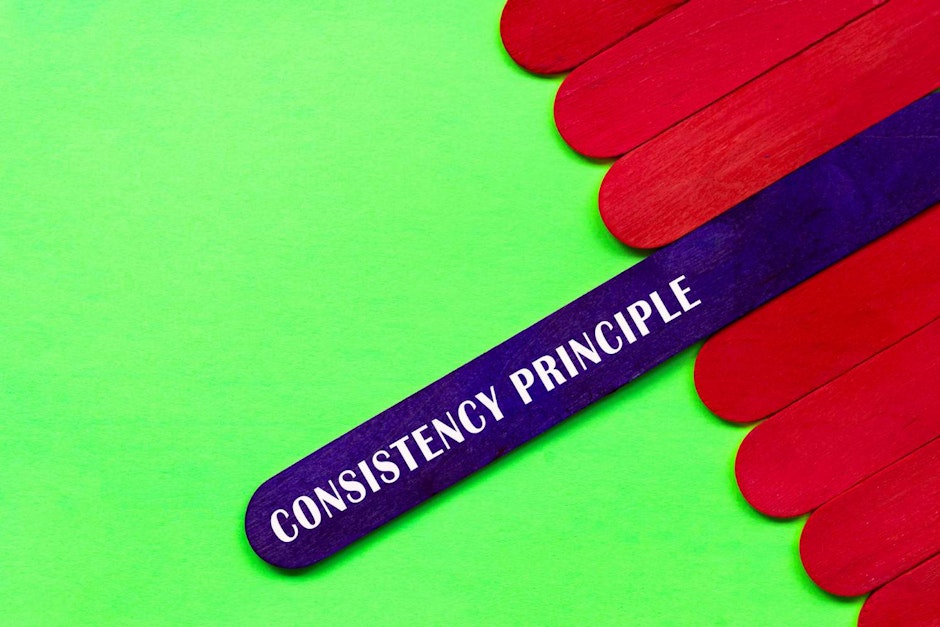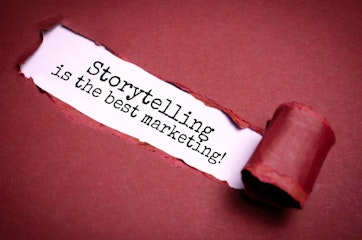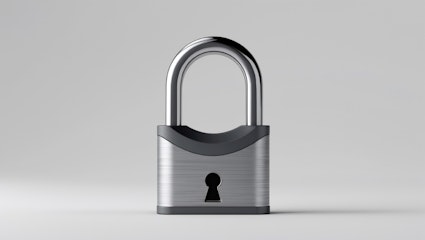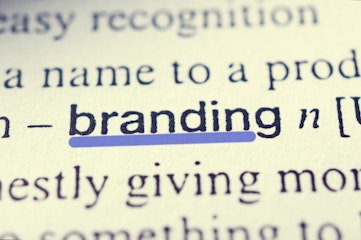Trust isn’t a vague add-on in marketing - it’s the foundation. Without it, even the most persuasive campaigns collapse under scrutiny. And despite the dominance of digital platforms, traditional advertising continues to hold a unique place in establishing credibility. There’s something about a message that appears on a billboard, in a magazine, or during prime-time television that conveys a sense of legitimacy. It signals investment, seriousness, and stability.
But does that mean traditional formats are always more trustworthy? Not necessarily. Still, when executed well, they build layers of assurance that digital channels often struggle to replicate.
Why Credibility Matters In Traditional Advertising
Consumers have always been sceptical, though the internet amplified that scepticism. Every click can lead to misleading claims, clickbait, or scams. Traditional advertising operates differently. Not only is it heavily regulated, but the cost and permanence of traditional media naturally filter out fly-by-night operations.
Think about a full-page newspaper ad. It’s not cheap, and it’s not flexible. Brands commit to every word and image knowing it cannot be swapped out in real time. That permanence, paradoxically, is what makes it feel more solid. And when people encounter brands in contexts they already trust - like national newspapers or respected TV networks - the association strengthens credibility further.
The medium itself becomes part of the message. Radio ads may feel conversational and local, television spots professional and polished, while print campaigns lean on detail and depth. In every case, the channel contributes to the sense that the brand can be taken seriously.
How Tangibility Shapes Perceptions
One of the most overlooked elements of traditional advertising is its physical presence. Posters on high streets, billboards on motorways, and magazines on coffee tables all occupy real space. This tangibility adds weight. People can ignore a pop-up ad or close a browser tab in seconds, but a towering billboard demands recognition every time you drive past it.
It’s not simply about visibility - it’s about permanence in the environment. Traditional formats anchor a brand in the physical world, and by extension, in people’s daily routines. The brand feels like part of the landscape, less like an intrusive interruption and more like a steady presence.
And when businesses make smart use of portable solutions - such as our signage you can set up in seconds - they manage to combine tangibility with flexibility. Here, trust is built not just through presence but through accessibility - the impression that the brand is prepared and professional in every setting.
Consistency And Repetition Build Familiarity

Repetition doesn’t just increase recall; it builds trust. Seeing the same brand in multiple trusted spaces - TV, newspapers, billboards - cements the idea that it’s not going anywhere. This kind of consistency is powerful precisely because it requires sustained investment.
Psychologists often talk about the mere-exposure effect: the more people encounter something, the more they tend to like and trust it. Traditional advertising plays directly into this principle. Familiarity, after all, is often mistaken for reliability.
Still, there’s nuance. Excessive repetition can breed irritation. A jingle heard one too many times can backfire. But balanced consistency creates a rhythm of recognition, one that digital campaigns with constantly shifting algorithms can rarely match.
Where Emotional Appeal Intersects With Trust
Rational arguments - prices, features, discounts - are critical, but they rarely create loyalty on their own. Traditional advertising has long understood the value of emotion. From iconic television adverts that tug at heartstrings to posters that use powerful imagery, the emotional layer often makes the trust stick.
And this isn’t just theory. Research on how emotional appeal influences consumer trust shows that people often trust what resonates with them emotionally more than what simply makes sense on paper. Traditional formats, with their ability to tell stories through visuals, sounds, and narratives, are uniquely positioned to activate that response.
The challenge lies in balance. An overly sentimental campaign without substance can feel manipulative. But when the emotional note aligns with clear, consistent messaging, trust is reinforced rather than eroded.
The Enduring Role Of Context
There’s another element often overlooked: context. An advert doesn’t exist in isolation; it’s shaped by its surroundings. A brand featured during a respected news broadcast feels different from the same advert showing up between low-quality streaming clips. Print ads in industry magazines lend authority that social feeds often can’t.
Not only is the placement important, but so is the cultural moment. A billboard referencing a timely event or a TV spot running during a national holiday connects with audiences in ways that feel deliberate, thoughtful, even responsible. Context, in other words, acts as a multiplier.
One Set Of Bullet Points: The Practical Advantages
Traditional advertising builds trust through several interlocking advantages:
It benefits from regulation and cost barriers, signalling seriousness.
Physical presence in public spaces enhances legitimacy.
Repetition across consistent formats creates familiarity.
Emotional resonance cements loyalty when paired with substance.
Contextual placement reinforces authority and cultural relevance.
The Bottom Line
Trust isn’t built overnight, nor is it guaranteed by any single strategy. Digital channels are indispensable in today’s marketing environment, but traditional advertising maintains a credibility that remains difficult to replicate online. Not only does it signal investment and permanence, but it leverages tangibility, consistency, and context to embed brands in public consciousness.
At its best, traditional advertising doesn’t just inform - it reassures. It reassures people that the brand will be there tomorrow, in the same place, with the same message. And in an age of fleeting digital impressions, that kind of steady presence can be the most powerful trust signal of all.








